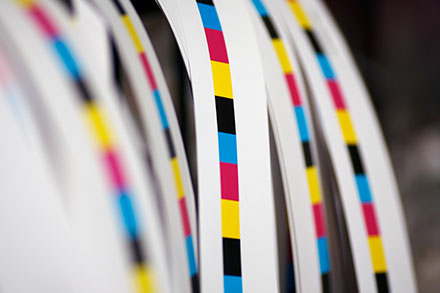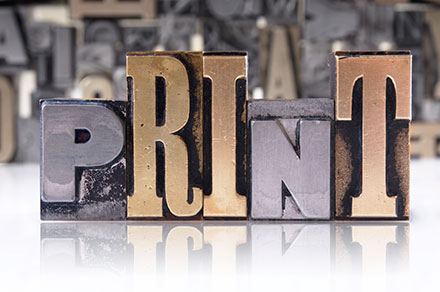Printing Techniques: Ink Alternatives
You don’t always need to use ink to make your mark.
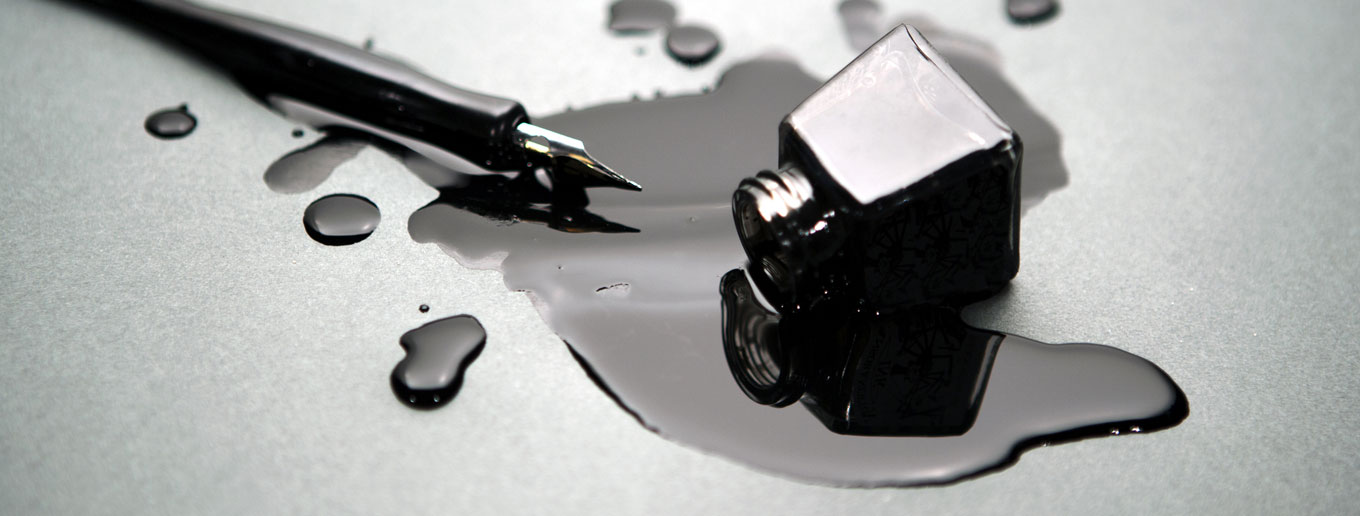
There are many unique printing techniques available today to enhance your brand image. This is part two in a four-part series all about these processes and when it makes sense to splurge on them.
Using alternatives to standard four color process inks can elevate your brand and help you stand out from your competition. Use them on important touchpoints with your audiences in instances when they work in conjunction with your brand message. And when they fit your budget. Check out our article on coatings to see when they are the right fit too.
Why use an ink alternative?
The main reason to use an alternative to ink on a piece of collateral is for visual or tactile interest. The other reason is the substrate on which you are printing. There are some materials that just won’t go through a standard printing press, but they can still be adorned with your logo or brand message.
Foil stamping
Typically, when we think of foil stamping, we think metallic. It’s right in the name. But that’s not all it is. Foil stamping uses metal dies to create an image then uses a combination of heat and film to adhere the image to paper. This film comes in all kinds of colors and finishes, including clear. One of the best reasons for using foil stamping (other than adding a bit of glamour to your collateral) is to print a solid color on a colored sheet without the paper color bleeding through. Foils are opaque (except for the clear ones) so you can get a pure shot of color, even if you aren’t printing on white. Foil stamping can also be used in conjunction with embossing to create a textured image.
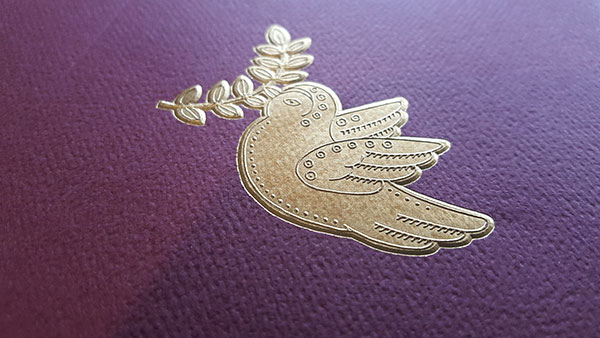
Card printed by McIntosh Embossing, design by Mike Lizama
Engraving
Engraving is traditional elegance. Think business cards of lawyers, bankers, and executives. Engraving is a process using metal plates where the image is recessed. When this hits the paper the image is raised. It has incredible precision and depth. If you have a luxury brand and a very detailed logo or illustration to print, engraving is the right look for you. It is relatively expensive, so use it sparingly. See an example.
Thermography
When I think of thermography, I think cheap. In the past, quick printers have sold thermography as a less expensive alternative to engraving. And it certainly looks cheap when used in that way. To me, it has a look of puffy paint. In this technique, resin is combined with ink and then treated with heat to form a raised area of color. Puffy paint. To be fair, there are instances when this can work well and add a fun texture to the page. It’s great for brands that have a playful edge. I just wouldn’t recommend using it to try to simulate engraving. And don’t use it for very fine detailed images.
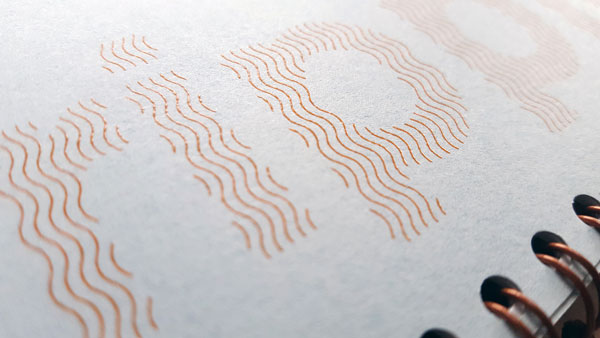
Brochure created by Wausau Paper, design by Larsen Design
Letterpress
Letterpress is how all books were once printed. A raised surface, created out of either movable type or polymer plates of artwork, is coated with ink and pressed against the paper to make an image. The softer or more porous the paper and the harder it is hit with the raised inked surface, the larger the indent in the paper. This technique can also be done without ink for a debossed look.
Letterpress is best known to be used for wedding invitations. It has a high-end and yet artisan look that just feels precious. Great for when your brand represents high quality but down-to-earth values. Letterpress does not work well for photographs, large areas of color, or images that require precision.

Silkscreen
This method uses a woven mesh screen to apply an image to various substrates. Because this process doesn’t use a roller printing press, it works great for all types of materials—t-shirts, posters, wood, metal, etc. The mesh screen works sort of like a stencil. The ink can be opaque or translucent but, typically you will see some overlap if one ink is printed on top of another. It’s not terribly precise, but that’s part of the beauty of it. Perfect for artisan or retro brands.
With any marketing piece, evaluate the benefits of each of these techniques and see if one of them is the right fit for the job. One of them might just work perfectly hand-in-hand with your brand. Look for more articles to come about unique printing techniques such as processes that modify paper and different substrates.
Offset vs. Digital Printing
How to know which is best.
Printing Techniques: Coatings
Are they right for your brand image?
The Power of the Personal Touch
Learn how to add touch to your tactics to stand out and be remembered.

